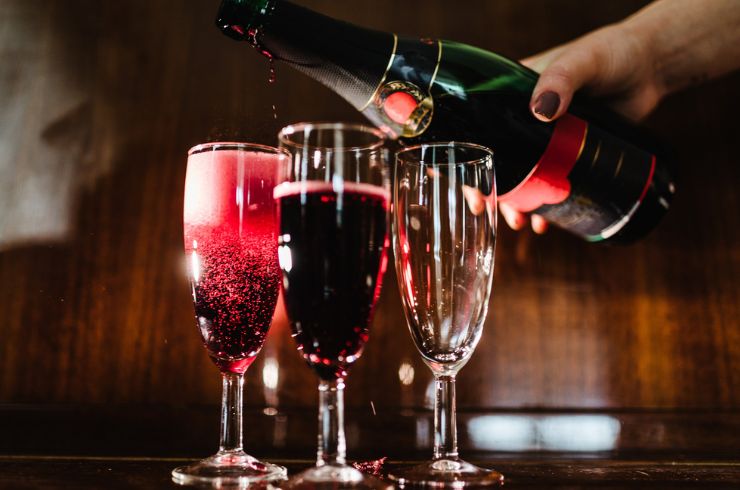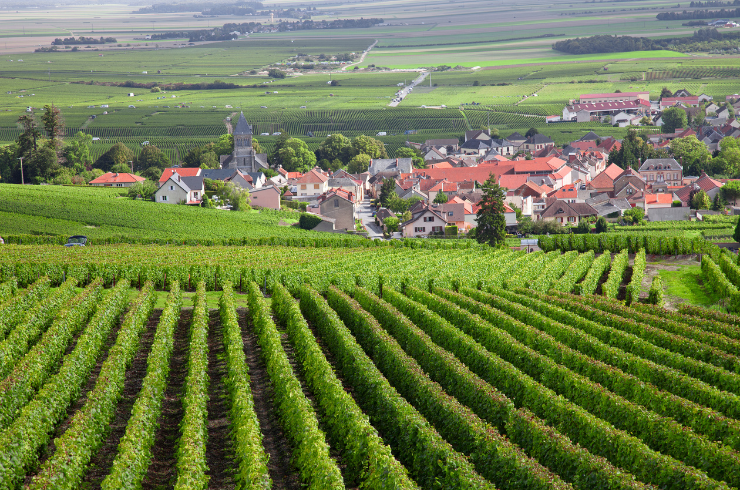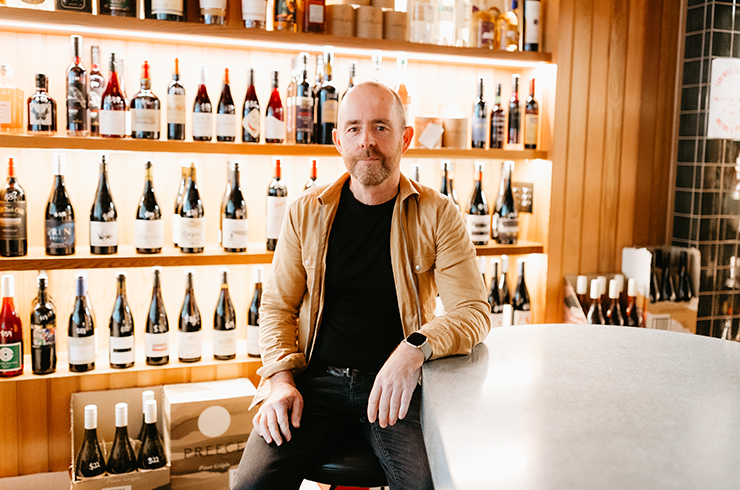It’s not obvious, but Melanie Chester is exhausted. In the lead up to vintage 2024, she and her team at Giant Steps took in close to 400t of pinot noir and chardonnay from six Yarra Valley vineyards. It was one of the most compressed vintages she’s seen, but she’s unfazed: to speak with the energetic Mel is to receive a lesson in buoyancy, despite the sleep deprivation from several 100-hour weeks.
Over her 15-year career, Mel’s worked at Seppelt, Sutton Grange, and now Giant Steps. She’s proven herself a force to be reckoned with, merging her technical education with a deep comprehension of the more artistic side of wine production. It’s a mindset she credits to her undergraduate cohort at Adelaide University: indeed, the starting class of 2008 produced some of Australia’s most game-changing vignerons. It’s a list that includes Mel, Kate Sturgess (Brokenwood), Chris Dilworth (Dilworth & Allain), Ben Mullen (Mulline), Josh Cooper (Joshua Cooper Wines), Seb Hardy (Living Roots), Kathryn Bevan (Handpicked/Bay of Fires), Damon Koerner (Koerner) and Brett Smith (Serafino) – to name a handful.
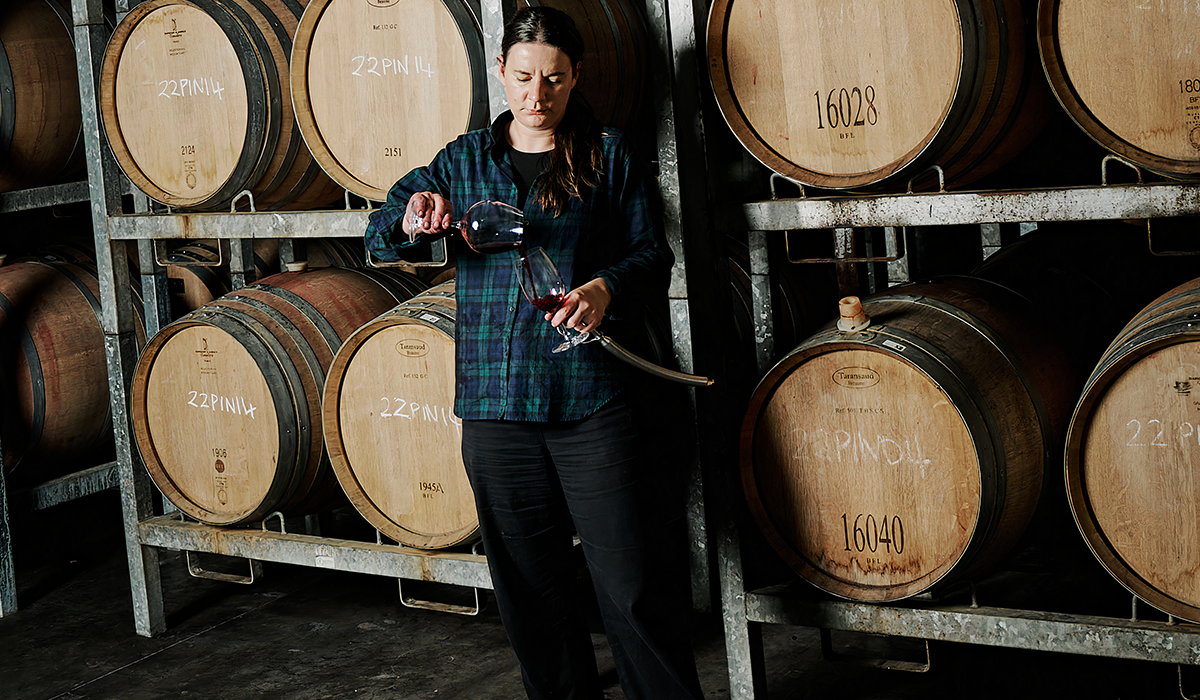
Like many working in Australian wine production, the group were part of the viticulture and onology program at the university’s Waite Campus. Until the early 1990s, the program was run independently by the renowned yet now defunct Roseworthy College. It involves four years of mostly rigid learning and the prospects of employment, students were warned, were scarce. Yet, the 25-strong group of wide-eyed, would-be winemakers evidently had something to prove when they turned up to that first lecture in 2008. Sixteen years on, they’re responsible for some of the country’s most important wines.
Walking into her bachelor’s degree, Melanie didn’t know what job she’d end up with; growing up in an agricultural family in South Australia, she was simply driven by the energy of harvest. “I just loved vintage, and that agricultural-logistics-fresh produce focus,” she explains. “My global understanding of Australian wine at that time was minimal – I had a very parochial lens that centred on big, rich, textured South Australian red wine. “I even remember in my final year tasting a whole-bunch shiraz which I thought was crazy, because it didn’t have enough flavour,” she laughs.
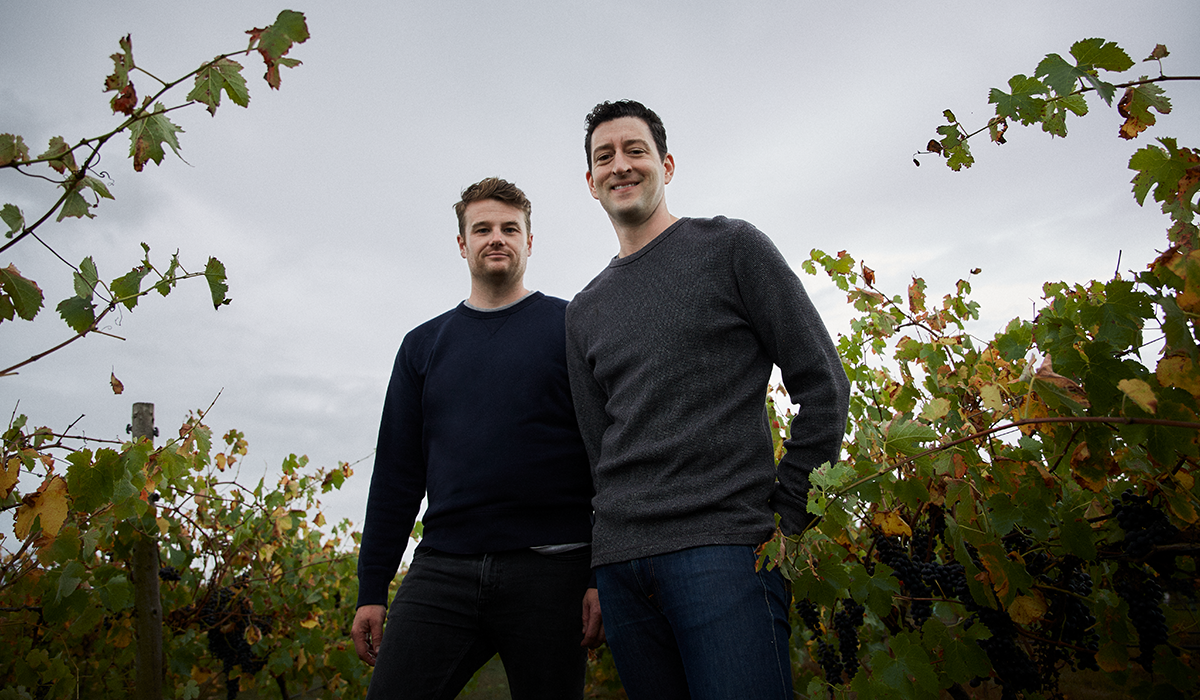
It was a similar story for Mulline’s Ben Mullen, who was raised in the Barossa and now makes award-winning pinot noir, chardonnay and syrah in Geelong. Having worked at Jacob’s Creek during his first year of a marketing degree, he admits Barossa was pretty much all he knew – but being a Pernod Ricard-owned brand, he was grateful to be exposed to great examples from around Australia, as well as New Zealand and further afield. “I got to meet a lot of winemakers, and I was tasting a lot from around the country – and that ended up sparking my interest,” says Ben. “I decided then and there to change over from marketing and go into wine production.”
What a decision that was. Ben’s time at Waite further cemented not only his obsession for wine, but the essence of exploration and fearless experimentation that has started to define his generation’s interpretation of Australian wine.
“It was such a great group,” says Mel. “And there was no inspiration as such, but a combination of lots of small things – sharing great bottles at T-Chow in Adelaide, socialising with uni mates, visiting vineyards...all the small things and interactions that were just broadening my scope of wine.”

Brokenwood’s Kate Sturgess echoes this. Raised in Queensland, she was attracted to winemaking because it was “a science-based thing that enabled people to work outside.” Now a dyed-in-the-wool semillon fan, Kate was shocked at how little awareness she had of the Hunter Valley when she arrived in 2015. “I don’t remember the Hunter being covered at uni – maybe semillon was – but I can’t promise I was paying too much attention,” she jokes. “That first year was very much about sorting out who was there for the right reasons; the only ones who stuck around were the ones who wanted to be there.”
Damon Koerner, who grew up in the Clare Valley and now produces singular, modern expressions from Clare and the Adelaide Hills, agrees. “I think one of the key reasons [this group] is doing well was that we were a strong group, and we did drink a lot of wine together. There was a great mix of people from all over the world, bringing in a lot of perceptions and ideas to the table,” he says. “I guess it’s just putting yourself in an environment where you’re lucky to be around some clever people. I was pretty sure about how to grow grapes, but the challenge to turn it into wine came about through that uni period – and not just from studying.”
Damon formed a close friendship with Joshua Cooper, son of Cobaw Ridge’s Nelly and Alan Cooper, early on. He credits Josh for plenty of lessons outside the lecture theatre. “He had things I could learn from him, and vice versa (I think), and we’ve just kind of helped each other along the journey,” says Damon. Following university, the pair made the pilgrimage to France – Damon working in Alsace, Josh in Burgundy – before they both took in a life-changing six months at Chablis’ Château de Beru.
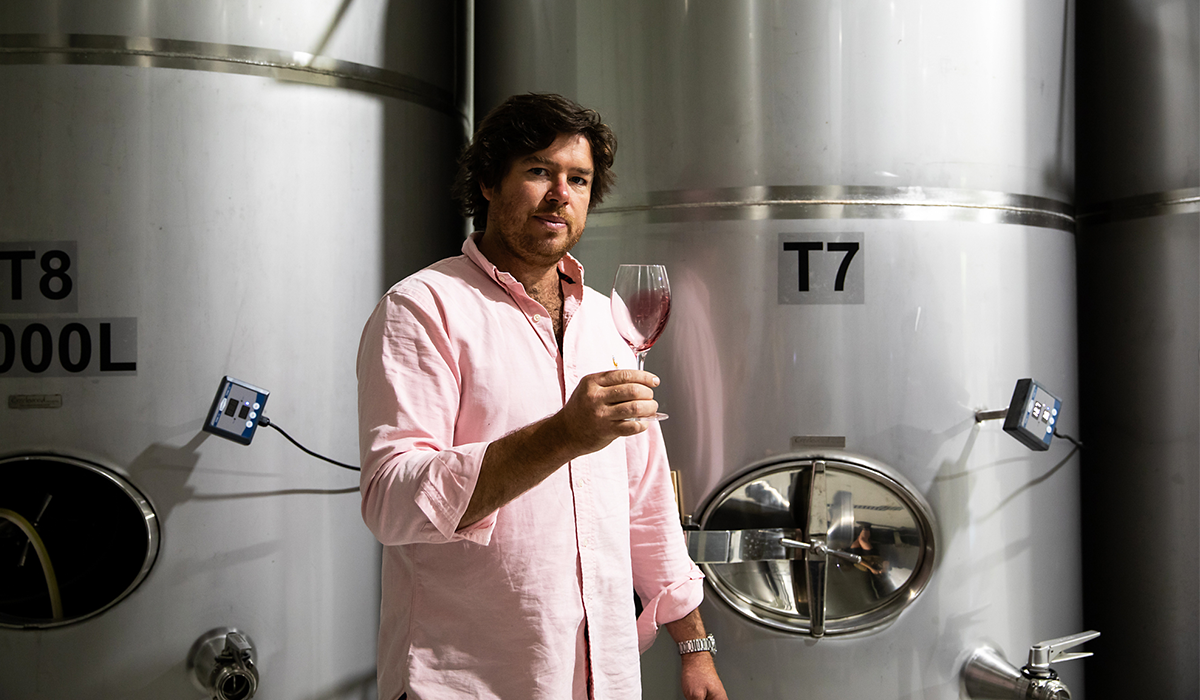
“Everything they were about was what I envisioned in wine [production],” says Damon. “Though I think it’s still a running joke about how much work actually got done – there were bets around the winery every morning about how many bottles we’d had the night before. I don’t think they’d hire Aussies again,” he laughs.
Josh had taken in a vintage in Portugal prior to starting uni, in addition to touring the classic areas of Europe, bringing with him a global mindset. “I was inspired by anyone who followed a less-is-more approach to wine, and happy to stay on the more moderate side of body and ripeness,” Josh explains. “Producers of classic, medium-weight wines with a house style that consistently taste distinct.”
That approach has defined Josh’s own wines, for which he’s received considerable recognition, where he places considerable emphasis on classic, post-phylloxera cabernet sauvignon from Central and Western Victoria – a wine style that has sadly been overshadowed by other, more prominent regions in more recent times. “Having grown up in the area, there’s almost a sense of responsibility that they aren’t forgotten in lieu of the next new pinot noir.”
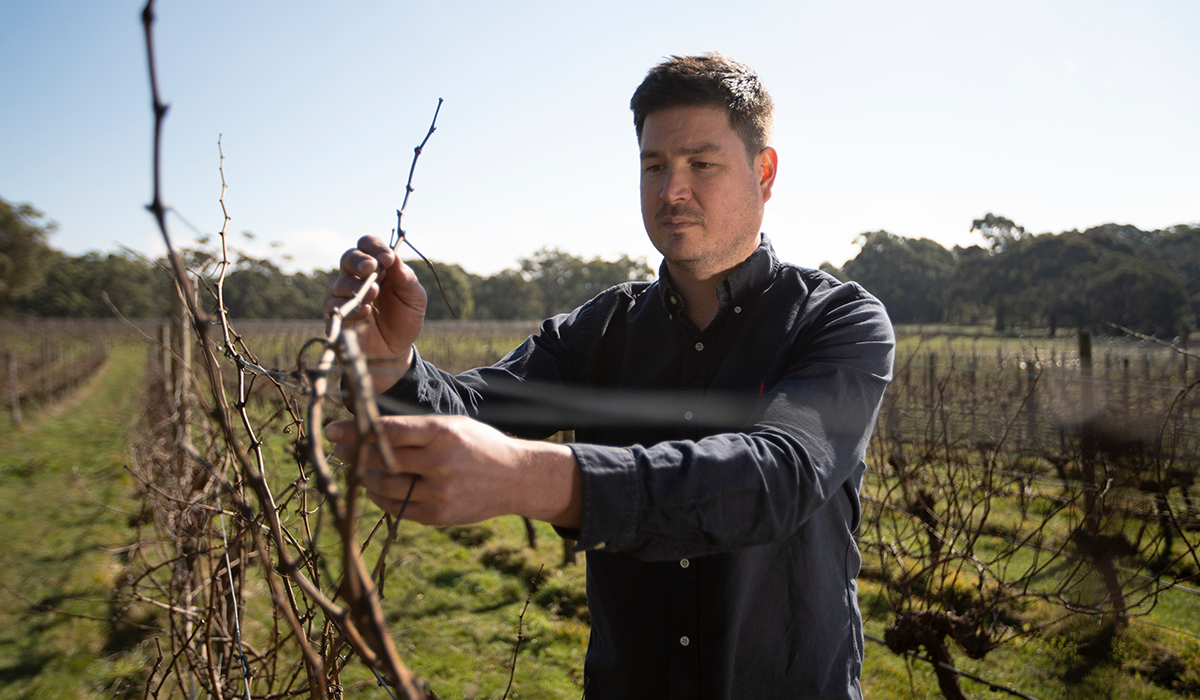
On how things have changed, Ben Mullen weighs in. “The industry at the time we started uni was very SA-dominant, with big businesses doing huge volumes. Now, people want freshness and high drinkability, and if they want to put the wines away, they can, because we’re making quality, fruit-forward wines with underlying structure. It ticks all boxes,” he says.
“The key pillars have changed,” adds Melanie. “The focus on social, economic and environmental sustainability, in addition to buying less but higher quality wine. I find that incredible,” she says. “But ultimately, it’s collaboration: how cool that all these people I studied with, all over the country, now have their own brands; their own voice and style.
Damon agrees. “Our generation has gone, alright – we have amazing 100-year-old vines; let’s make sure it doesn’t go into a commercial blend,” he points out. “We’re saying, it deserves to be made into a single vineyard wine, and for the world to be shown true Australian terroir.”
“I’m not saying that this hasn’t happened in the past, but I think we’re taking it to a more mainstream level. It’s a massive challenge, but it’s really exciting.”
